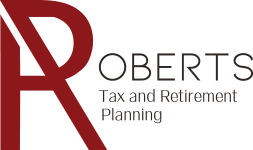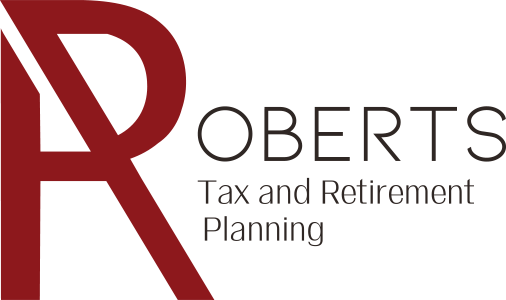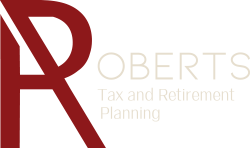Deciding when to retire is one of the most important financial decisions anyone can make. It serves as a turning point in your financial life, where your savings and investments must take center stage to provide for your retirement income. The question of how to retire with confidence, knowing you have enough money to sustain yourself for the rest of your life, is a constant worry for many people. While you may be laser-focused on your investing objectives, factors such as the sequence of returns risk can have a massive impact on your retirement.
When you are retired, managing your money can be much more difficult than it was when you were still generating income. It is more difficult to recover from economic slowdowns, which are almost unavoidable, if you withdraw a portion of your assets each year to cover your expenses. You will face a new reality as your retirement date approaches. You will not be able to lean on time to reduce the impact of market changes on your financial portfolio. This is why it’s necessary to have a sound retirement income strategy.
Consider your risk tolerance, your investing objectives, and the potential effects of sequence of returns risk when developing a retirement income strategy that can withstand market swings. You can maintain a steady and constant source of income during your retirement years by creating an income strategy that takes all of these factors into account.
What Is Sequence of Returns Risk?
For more than a decade, the sequence of returns risk has gained more attention, especially in retirement income planning. SORR refers to the possibility of experiencing reduced overall returns due to the timing of investments or withdrawals. This risk is especially significant because it limits your ability to recover from losses.
Suppose Alice and Allen both invested $50,000 in the stock market. Alice enjoyed a return of 7% in the first year, while Allen had a return of -7%. Despite having the same average return over time, the timing of their returns had a considerable impact on their portfolios.
Although the average annual return of the stock market is about 9 to 10%, it doesn’t mean the market returns those numbers every year. For example, the S&P 500 has negative returns around 25% of the time. The market can also experience considerable losses, as it did in 2000, 2002, and 2008. In some cases, it has taken the market more than 5 years to recover from those types of losses.
The impact of sequence of returns risk on retirement income sustainability should not be underestimated. With this risk, even a well-diversified portfolio can encounter losses. That is why retirees need to be aware of this risk and take proactive steps to limit its effects on their financial plans.
How to Protect Yourself From Sequence of Returns Risk
Evaluate Your Portfolio Allocation
As retirement approaches, you should evaluate your portfolio allocation to make sure it is in line with your goals. This is crucial since the level of risk in your portfolio might not be the same as it was when you initially started investing. While some employer-sponsored retirement plans do, not all investments or mutual funds automatically change allocation based on a retirement date.
Reduce Withdrawals
You may be thinking about reducing your withdrawal rate to increase your chances of retiring successfully while taking into account the impact of sequence of returns risk. Your chances of being financially comfortable throughout your retirement years can be improved by withdrawing no more than 4-5% of your retirement assets. You might need to increase your retirement savings to do this.
Create a Nest Egg
How often do you think about the worst-case scenarios in life? To prepare for what could happen in the future once you are finally retired, you may want to set money aside in a cash reserve that you can use during periods of market downturn. Your nest egg should have enough money to cover at least a couple of years of expenses. It should also be different from your emergency fund and direct investment portfolio.
How To Manage Sequence of Return Risk in Retirement
Consider Using the Bucket Strategy
A strategy you may want to consider is the bucket strategy. This strategy involves allocating your portfolio into separate “buckets” of investments, with each bucket having its own return objective. When you take this approach, it can serve as a layer of protection against the effects of negative returns.
Take a Conservative Spending Approach
Adopt a conservative spending approach during your retirement. To make sure you have a steady income stream that is able to keep up with inflation, you should consider adopting and maintaining a consistent level of spending throughout your retirement years.
Diversify Your Portfolio
Diversify your portfolio by investing in several assets. When you diversify your portfolio, your investment risk will be spread across different asset classes, and this will reduce the impact of negative returns that one investment could have, helping to protect your overall portfolio.
Contact Roberts Tax Planning & Retirement
It’s important to plan and get ready now if you don’t want to feel forced to postpone your retirement date due to an unstable market. Your current portfolio can be evaluated, your goals and risk tolerance can be established, and you can create a plan to manage sequence of returns risk as you approach retirement with the help of a financial advisor.
In the early years of retirement, negative returns could have a big impact on how long your portfolio lasts. Our advisors at Roberts Tax and Retirement Planning can help you develop a customized retirement strategy that takes the sequence of returns risk and other circumstances into consideration.
Contact us today to book an appointment so you don’t leave your retirement to chance.








